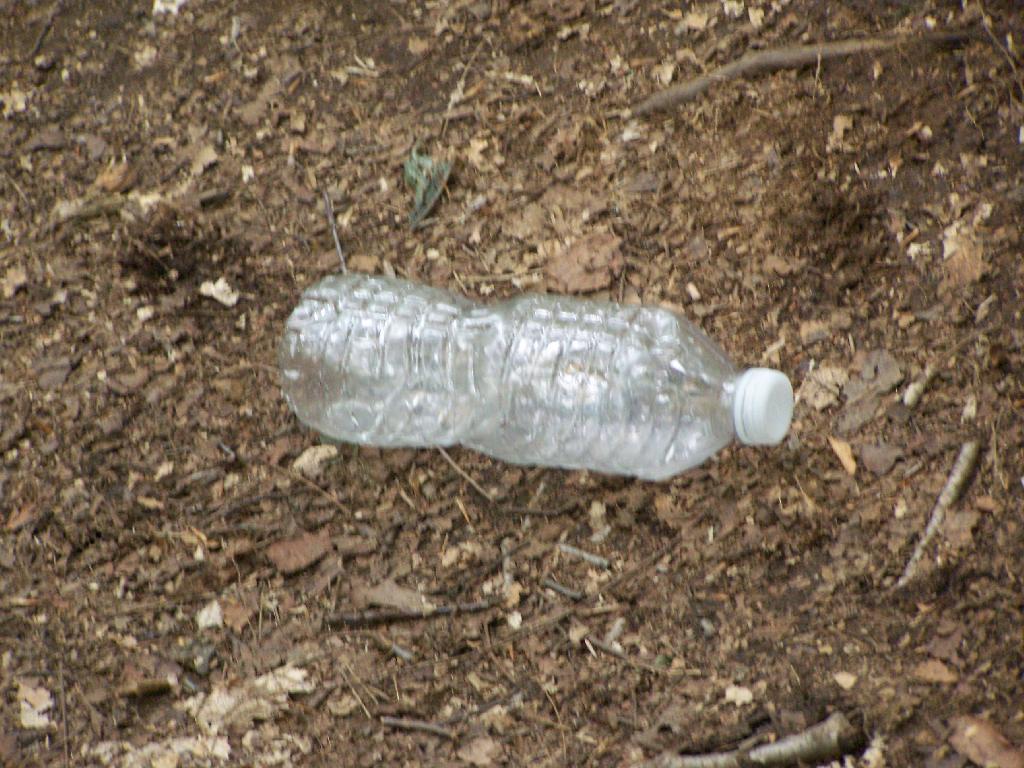A common criticism of many plastics is that they are not biodegradable – if you drop a plastic water bottle on the ground it’s not going to be eaten by bacteria and other wildlife and rot away to be soil. The bottle will last on the ground indefinitely, unless it’s pick up off the ground by a human or animal, subject to mechanical or ultra violet degradation or burned in a fire, bonding the carbon atoms in the plastic to oxygen to become carbon dioxide.
I’ve always thought this to be somewhat silly criticism — as many things said to be biodegradable do not actually biodegrade in the environment they are disposed of. Many so-called biodegradable things like paper are imprinted with toner, which is a mixture of plastic and black carbon. In other cases, the environment is too dry or oxygen deprived to allow for biodegradation like compressed inside of a landfill.
Moreover, many products that are made of so-called natural materials, rather then plastics, come with a significant ecological cost because they have to be raised and harvested. It’s not saying that they are better or worse — it’s just pointing out that there is no free lunch in trying to reduce impacts by switching to natural and biodegradable products, even if they are just going to ultimately end up in the landfill.
Reducing toxicity of products consumed and discarded is more important, as is reducing the volume of products consumed and discarded. Promoting bottles and cups that can be washed is vastly superior to any natural or biodegradable product. If you get more use out of it before the landfill, the incinerator, or the burn barrel, the better for the environment. It’s just that simple.

